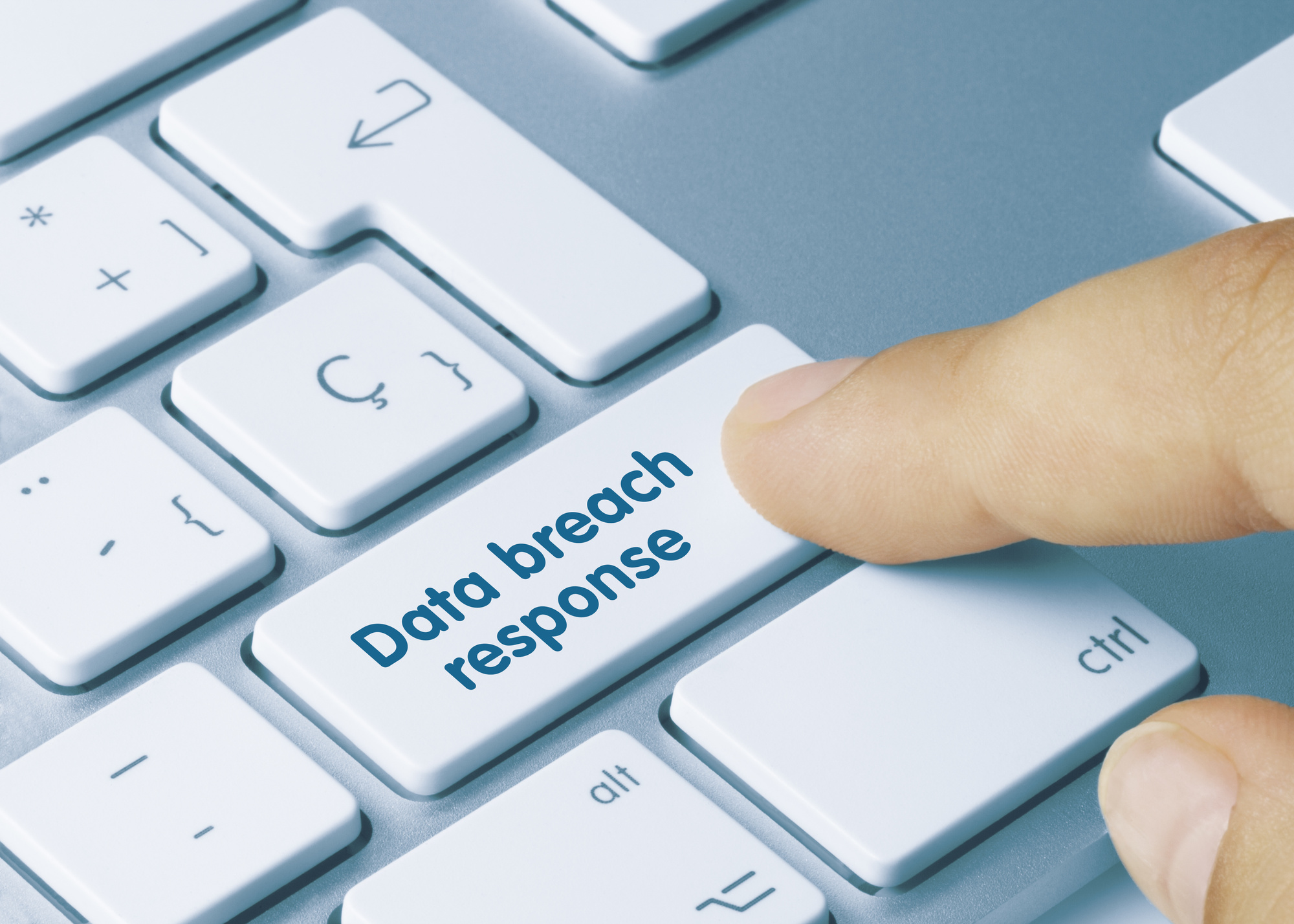 Photo from Ihloom
Photo from Ihloom
Originally Posted On: https://www.ihloom.com/what-is-a-data-breach-and-why-do-you-need-breach-monitoring/
The cybercrime industry is projected to be worth over $10 trillion before the end of the decade. So, keeping your business information protected from a data breach is more essential than ever.
A primary motivator for cyber criminals is gaining access to your company’s mission-critical data, or sensitive information you may have about your clients such as banking info, social security numbers, and more.
Wondering what a data breach is? Let’s explore everything you need to keep in mind so that you can protect your business.
So, What Is a Data Breach?
As the name suggests, a data breach is a situation that involves unlawful or unauthorized access to key information. In context, this often involves a hacker procuring business data or your clients’ personal data, or PII, in order to profit from it.
They may sell the data to competitors or use it for themselves. They might even extort company owners by blocking access to this information.
The latter scenario is known as a ransomware attack and is one of the most common motives behind data breaches that occur.
Small businesses aren’t able to avoid being targeted by hackers. Hackers understand that these companies likely do not have a large number of tools available to manage a cyber attack.
They are also more likely to make use of outdated devices or software.
How Does It Happen?
More often than not, data breaches occur as a result of a lack of a coordinated implementation of your company’s security controls. Businesses that do not constantly adapt to evolving threats are most at risk, but a review of your controls should also occur after a major change in business operations, such as moving from on-premise servers to cloud solutions.
As previously mentioned, the value of the cybercrime industry will be worth more than ever before within the next few years.
This is primarily a result of hackers preying upon vulnerable companies that have large amounts of sensitive data. A financial institution, for example, is a prime target.
In context, data breaches can occur in a large number of different ways. In many cases, hackers will attempt to leverage social engineering during their attacks.
This refers to a situation where the hacker attempts to get the victim to take a certain set of actions. For example, they might pose as a member of a company’s IT team and send out an email to low-level employees.
When these employees click the link provided in the email, they may find that malware installs itself onto the device they use. From here, the results could be catastrophic due to the fact that malware can typically infect other devices on the same network.
Or, the hacker could direct the victim to a fake login page for a service such as Microsoft Office 365. The victim may put their username and password in to this page and the hacker will now have access to these credentials. Two-Factor Authentication, or 2FA, is not necessarily enough to protect your accounts from being compromised as hackers are becoming skilled at simulating the login process in its entirety and getting the user to input their 2FA token when it is requested.
In other cases, hackers might simply exploit security vulnerabilities in the software that a business uses. Oftentimes, these criminals are able to operate undetected and exfiltrate sensitive data. It should come as no surprise that a bad actor operating undetected for a long period of time could be potentially impossible to recover from.
What Are the Consequences?
Left unchecked, even a single data breach could cause a significant number of complications. One of the most prominent is extended downtime, a cost of data breach activity that can easily amount to tens of thousands of dollars.
However, it’s possible for businesses to experience legal complications, as well. This is primarily true for businesses that work within the tech or healthcare industries.
To elaborate, let’s assume that a healthcare institution experiences a massive data breach of patient information. Since companies in this space are required to adhere to the regulations of the Health Insurance Portability and Accountability Act (HIPAA), an investigation may result.
If it can be proven that the institution did not follow the necessary rules, it may have legal action taken against it. Depending on the severity of the situation, this could even involve a multimillion-dollar lawsuit.
Of course, it’s essential to acknowledge the potential damage to your company’s reputation. If your audience learns that their information is not safe in your database, they will be hesitant to interact with your brand.
This can easily lead to decreased engagement, fewer sales, and an overall loss in revenue.
How Can I Recover From One?
Recovering from a data breach is no easy task. Additionally, how effective you are able to recover will highly depend on what type of breach you experienced and what the results of that breach were.
For instance, a business that has unknowingly had malware installed on many of its company devices over an extended period will have much difficulty in recovering.
In general, there are certain steps you will need to take regardless of how the breach occurred.
First and foremost, you’ll need to put together a team that can respond as quickly as possible. Although you should already have a plan for this situation, you can still take action if you don’t.
Your most knowledgeable and capable employees (or outsourced team members) will be your greatest assets here.
Then, you’ll need to identify the source of the data breach and how far it has spread. As a precautionary measure, you should always assume that malware will infect other devices on your network.
So, it’s in your best interest to immediately quarantine the affected computer, hard drive, etc. to prevent further issues.
Perhaps most importantly, though, is the fact that you will need to remain calm. It’s fairly common for entrepreneurs to panic once they have experienced a data breach.
This is especially true if they are receiving pressure from their clients, audience, etc.
By remaining levelheaded throughout the process, you’ll be able to quickly identify the cause of the issue and take the necessary steps toward resolving it.
Otherwise, you could end up making a decision that exacerbates your situation.
What Is Breach Monitoring?
Unfortunately, even the most comprehensive contingency plan may not be enough. It’s entirely possible that you won’t be able to react quickly enough to stop catastrophic damage from occurring.
Instead, it’s best that you implement breach monitoring that updates you on conditions that need your attention.
This can be achieved by integrating our endpoint detection and response (EDR) and security information and event management (SIEM) solutions with your existing technology infrastructure and endpoints. This allows you to gain valuable insight into any suspicious activity that occurs.
For small businesses, these can be powerful tools to avoid the compromise of sensitive company information. For larger organizations, it is virtually a necessity.
As a company grows, so do its vulnerabilities. Even scaling only slightly can create a large number of security concerns that you previously didn’t have to deal with.
Having the capability to detect breaches as soon as they occur can often dictate how easily you manage the situation.
Left unchecked, hackers responsible for data breaches will compromise as much information as they possibly can. If they remain undetected, they could have access to your company information indefinitely.
How Can I Get Started?
Few businesses have the tools to handle this on their own. Even fewer have the ability to do so effectively.
We offer highly reliable EDR and SIEM services that aim to eliminate threats as soon as they arise. A key feature of what we provide is our Security Operations Center (SOC).
This is a team of dedicated professionals who review alerts generated by our solutions. They are then able to provide additional context to these alerts.
Additionally, our team is able to offer remediation guidance. This is expert advice on the most efficient way to handle a data breach.
Conventional endpoint protection tools only generate alerts for IT staff to review. The main issue with this scenario is that many attacks occur outside of business hours.
Our SOC operates 24/7, allowing us to offer comprehensive protection at all times.
The combination of active monitoring and full remediation guidance ensures that you can minimize the dangers associated with data breaches.
Keep this opportunity in mind moving forward so that you can implement the best defense possible.
Protecting Yourself Against a Data Breach May Seem Overwhelming
The good news, though, is that you don’t have to go through alone. Ihloom Cybersecurity is your security partner, helping you get protected and customize a breach monitoring solution that is perfect for your business’s unique needs.
Want to learn more about what we have to offer? Feel free to get in touch with us today and see how we can help.






